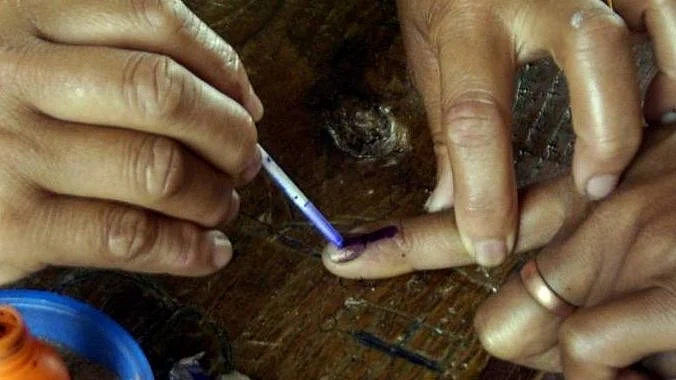BJP’s time-tested strategy of winning polls through communal polarisation set to come a cropper in UP
Dalits and non-Yadav OBCs who contributed hugely to BJP’s spectacular wins in UP in 2017 and 2019 seem to have realised that they were exploited by right-wing forces for electoral gains

Social scientists are busy trying to analyse the reasons for the recent large-scale desertion of BJP ministers and legislators in Uttar Pradesh in favour of the Samajwadi Party. While some look at it as purely a reappearance of caste-based politics in the state, a large section of experts and scholars strongly feel that it symbolises a rebellion by Dalits and non-Yadav OBCs against the hegemonistic politics of the RSS and BJP.
Indeed, to describe the desertions as a manifestation of the ‘aya ram, gaya ram’ syndrome would be a simplistic evaluation and any such interpretation would be an act of naiveté. Quite simply, seasoned politicians usually do not just dump a winning party.
Since 2014, when Modi seized power in Delhi, Dalits and non-Yadav OBCs have been made to be subservient to the RSS and BJP. A number of incidents have since then taken place in which Dalits were lynched and their women folk were violated and even burnt, but the BJP’s brass, including PM Narendra Modi and his home minister remained quiet and passive.
RSS chief Mohan Bhagwat’s attitude has been particularly perplexing. He has been continuously claiming that Dalits people are an intrinsic part of the greater Hindu society, but has never condemned or castigated Sangh mercenaries and vigilantes who were involved in such grisly incidents.
Such incidents have evidently alienated and disenchanted Dalits and non-Yadav OBCs vis-a-vis the RSS-BJP. They decided to unite and come under one political banner.
Till some time ago, the Samajwadi Party was not in the reckoning. In fact, the Dalits were not too keen to align with SP. But the success of the farmers’ movement changed the entire scenario. Indeed, it cannot be denied that the same contributed to the re-emergence of Dalits as a potent force.
It is well known that Dalits and non-Yadav OBCs historically had an antagonistic relationship with the Samajwadi Party which is perceived as the party of the Yadavs, the intermediate caste. Nevertheless, the urgency to break the political hegemony of the rightist and Hindutva forces made them join hands with the SP.
It is worth mentioning that in 2017 and 2019, this segment of voters contributed hugely to BJP’s success in the UP assembly and Lok Sabha elections. The BJP secured about 42 per cent of votes in the 2017 Assembly elections and nearly 50 per cent in the 2019 Lok Sabha polls in Uttar Pradesh.
It would however be wrong to construe that Swami Prasad Maurya and Dara Singh Chauhan made an exit from the BJP purely for ideological reasons. Indeed, it would seem that their decision reflected being mindful of mood of the voters.
Incidentally, during the last fortnight, till January 13, 19 BJP members jumped ship to join the SP-led front. According to data collected by the Association for Democratic Reforms (ADR), between 2016 and 2020, 182 MLAs from across the country joined the BJP while only 18 left the party. This indicates that the tide has now turned. It clearly implies that the BJP’s electoral prospects in Uttar Pradesh are anything but bright.
UP CM Yogi Adityanath recently stated that the ensuing election was a fight between 80 per cent and 20 per cent (Muslims make up 20 per cent of the electorate in the state). He had obviously included the vast population of Dalits and non-Yadav OBCs in his calculations. But the situation has obviously changed drastically.
RSS chief Mohan Bhagwat and PM Narendra Modi were obviously counting on their Hindutva brand of politics to win the bellwether state. The extent of their reliance on this strategy could be gauged from the simple fact that Modi paid not one but two obeisance visits to Kashi Vishwanath. His visits reportedly cost around Rs 1500 crore. Prasad was distributed in 100 villages surrounding Kashi.
Indeed, Modi has left no stones unturned to polarise voters and make Hindutva into a talking point across the state.
But if the mood of the people is any indicator, it can safely be said that this time-tested strategy of the BJP is no longer a vote catcher for it.
(IPA Service)
Views are personal
Follow us on: Facebook, Twitter, Google News, Instagram
Join our official telegram channel (@nationalherald) and stay updated with the latest headlines
